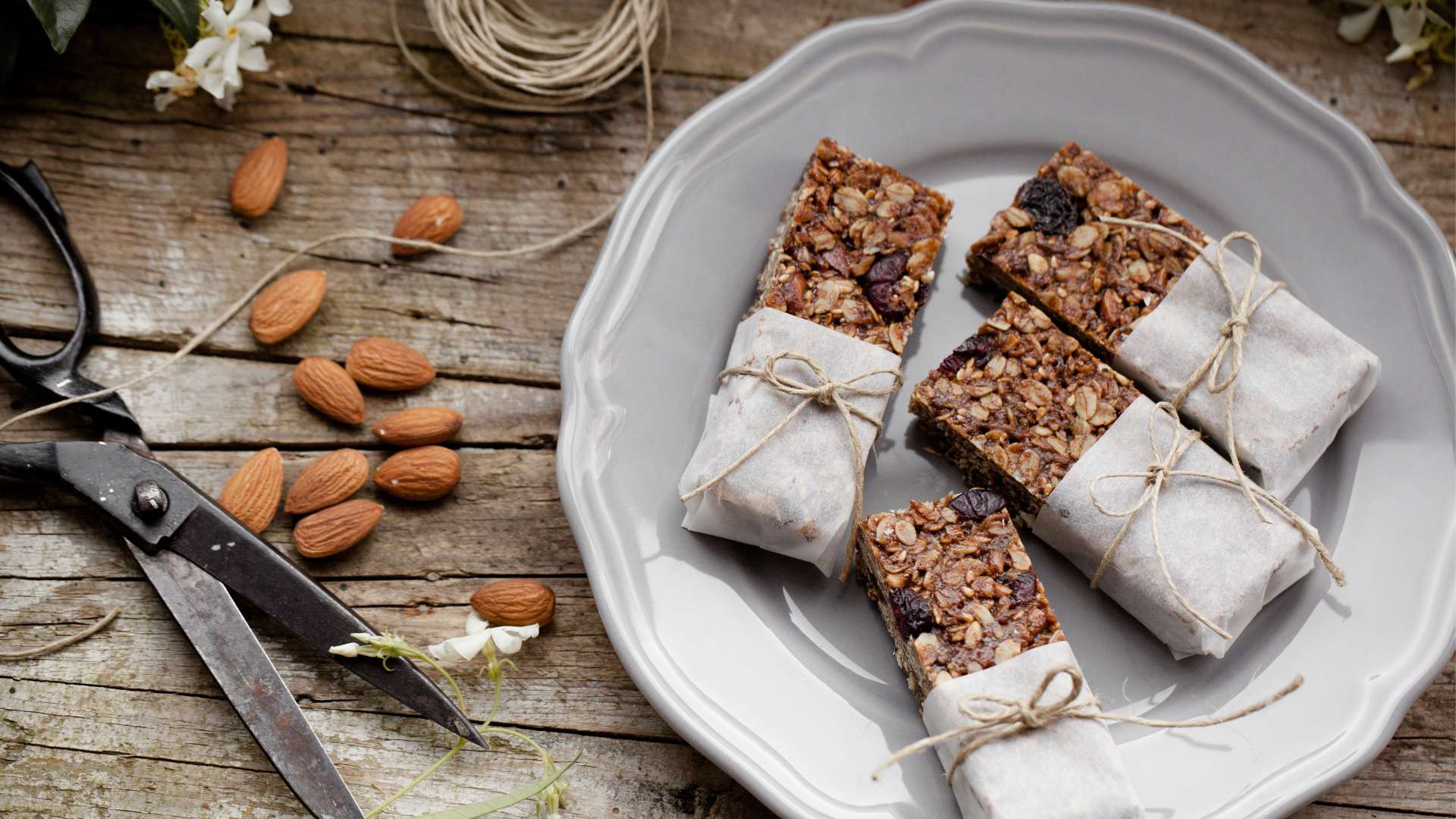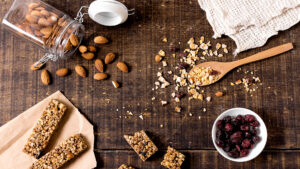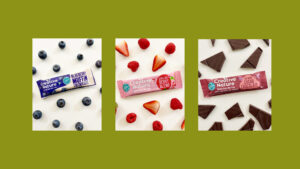Consumer snacking preferences have shifted significantly in recent years. Traditional snacks like chips and chocolate bars are no longer the top choice for quick energy boosts. Health-conscious consumers now prefer various snack bars, including granola bars, cereal bars, and protein bars, showcasing a trend towards healthier dietary choices.
The Importance of Understanding What Consumer Wants
The awareness and concern that consumers have for their health and well-being is referred to as consumer health consciousness. In the last decade, people have really stepped up their game in caring about their well-being.
Before COVID-19, snacks were our go-to comfort food, regardless of health considerations. The pandemic and other factors in the past decade have changed our mindset and lifestyles. Nowadays, our crazy busy schedules make it tough to sit down for a proper meal, right? In the past, consumers would opt for bakery goods and sweets during lunch, but now, with health in mind, fresh fruit and snack bars are preferred for snacks between meals or as meal replacements.
Furthermore, there’s this big global craving for natural and organic products. As a result, manufacturers are progressively developing innovative products with natural and organic claims, such as “no artificial additive,” “non-GMO,” and “reduced sugar,” which are increasing the expansion of the snack bar market.
Balancing Health and Indulgence
Eating tiny, quick, and typically simple quantities of food in between meals is referred to as snacking. Typically, people snack to reduce hunger, get a quick energy boost, or satisfy cravings.
In the ever-changing world of health consciousness and dietary preferences, snacking habits have changed dramatically among consumers, as we already mentioned. Well, here’s the scoop: snack bars are the cool new kids on the block, and are posing a threat to old-school favorites like chocolate and chips.
Alright, so one big reason why snack bars are all the rage now is because they’re super convenient. These bars, which come individually wrapped and are ready to eat, are the ideal on-the-go snack for people with hectic schedules because they provide a healthy alternative without sacrificing flavour. And here’s the bonus: since they’re pre-packaged and portioned, you can keep tabs on what you’re munching. It’s like a lifesaver for those aiming for a balanced diet or trying to watch the calorie intake. Furthermore, snack bars are designed to be high in nutrients, with a blend of fibre, healthy fats, proteins, and vital vitamins and minerals.
Top 5 snack bars are:
- Protein bars
- Granola bars
- Energy bars
- Cereal bars
- Meal-replacement bars
The Power of Natural Ingredients in Snack Bars
One of the primary factors contributing to the healthiness of snack bars is the quality of ingredients. Natural ingredients used in the snack bar production are:
- Whole grains
- Nuts
- Seeds
- Dry fruits
Nuts and Seeds
Nuts and seeds, such as almonds, walnuts, chia seeds and flaxseeds are usually used in snack bars.
Rich in vitamins, minerals, and antioxidants, nuts and seeds are a great source of essential nutrients such as vitamin E, niacin, folate, magnesium, zinc, potassium, etc. What is really important is that nuts and seeds are rich in monounsaturated fats, which are of great importance for our cardiovascular health. Also, nuts, especially walnuts, they’re like a brain boost because of omega-3 fatty acids. They are also free of dietary cholesterol and loaded with dietary fibre, which is beneficial for your gut health. Even though they’re high in energy and fat, if eaten in the proper amount, nuts and seeds are connected with weight loss and fat loss in abdominal region. Lower fat in the abdominal region means a lower risk of chronic diseases. Also, if you’re vegan or vegetarian, nuts and seeds are good sources of plant-based protein, which makes them a good protein substitution for meat, fish, and eggs.
Whole grains
Whole grains should play a big part of someone’s diet. In contrast to refined grain, whole-grain kernel contains the bran, germ, and endosperm. The bran, the outer layer, is like a fiber and nutrient powerhouse with vitamins, minerals, and phytochemicals, which aid in disease prevention. The germ is high in omega-3 fatty acids, vitamin E, B vitamins, and antioxidants. The endosperm is an interior layer that contains carbohydrates, proteins, and trace amounts of B vitamins and minerals. All of this together keeps blood sugar levels stabilized , lowers cholesterol levels, and protects against cardiovascular diseases and type 2 diabetes.
Dry fruit
Dry fruits, like raisins, prunes, dates, cranberries, etc. can benefit you in many ways. First of all, they are a great source of vitamins, proteins, and minerals like calcium and potassium that support the growth of your immune system. Similar to nuts, they’re great for weight management if you eat them in moderation. The high dietary fibre content of dry fruits helps constipation prevention. Heads up when grabbing a snack bar with dried fruit because it may have a higher energy value and a significant amount of added sugar. Find a better bar instead, without those sneaky sugars hiding in there. Your snack game just got smarter!
Some additional ingredients can be added in snack bars such as dark chocolate. Eating dark chocolate in moderation can offer several health benefits due to its rich content of antioxidants and various bioactive compounds. Those compounds are called flavanols. Dark chocolate will contain highest flavanol content, milk chocolate much less, and white chocolate none. The best dark chocolate for your health is the one that has between 70 and 80 percent cocoa content and the least amount of added sugar. Consuming dark chocolate may also help lower blood pressure, reduce the risk of heart disease, and improve cholesterol levels. Overindulging may negate all the advantages and lead to excessive intake of calories and sugar.
What to Look Foor in a Healthy Snack Bar?
Choose the healthiest snack bar by aligning it with your dietary preferences and health goals. If you’re all about that active life, go for the high-protein bars, while those lacking fiber can opt for bars rich in this nutrient. Prioritize whole food sources for high-quality nutrients, as they offer antioxidants, healthy fats, vitamins, and minerals. Look for snack bars labeled as gluten-free, natural, whole grain, or non-GMO, as they often contain beneficial whole-food ingredients like quinoa, amaranth, and oats compared to those made with processed flours and oils.
What to Avoid?
Too much sugar can totally derail a healthy diet, so it’s key to know where your sugar hits are coming from. Choose bars with natural or organic sugars instead of the corn syrup or sugar alcohols. Ensure freshness by checking for safe and natural preservatives like organic rosemary extract, organic oregano extract, salt, or vinegar, while avoiding non-natural preservatives like potassium bromate, sodium nitrate, and high-fructose corn syrup commonly found in store-bought bars.
Take the length of the ingredient list into consideration while selecting a nutritious bar to enjoy. A bar with a lengthy ingredient list typically has a higher sugar, calorie, and preservative content. In fact, we’ve discovered that you can whip up a bar that not only tastes amazing but is also made with just a handful of ingredients. Simple and delicious—that’s the secret sauce!
To sum up, adding snack bars to your diet can have a lot of benefits and provide a quick, wholesome, and satisfying option for people who are often on the go. Snack bars have evolved into a flexible option that fits contemporary lives and dietary choices because of their portability, variety of flavours, and nutrient-dense ingredients. Still, it’s important to find balance. Although snack bars can contribute to a well-rounded diet, consuming too many of them can result in an excessive caloric intake and negate their health benefits. Keep it in check, and enjoy them as part of a balanced eating plan to savor the convenience and nutritional goodness without throwing your overall health off track. Cheers to snacking savvy!





